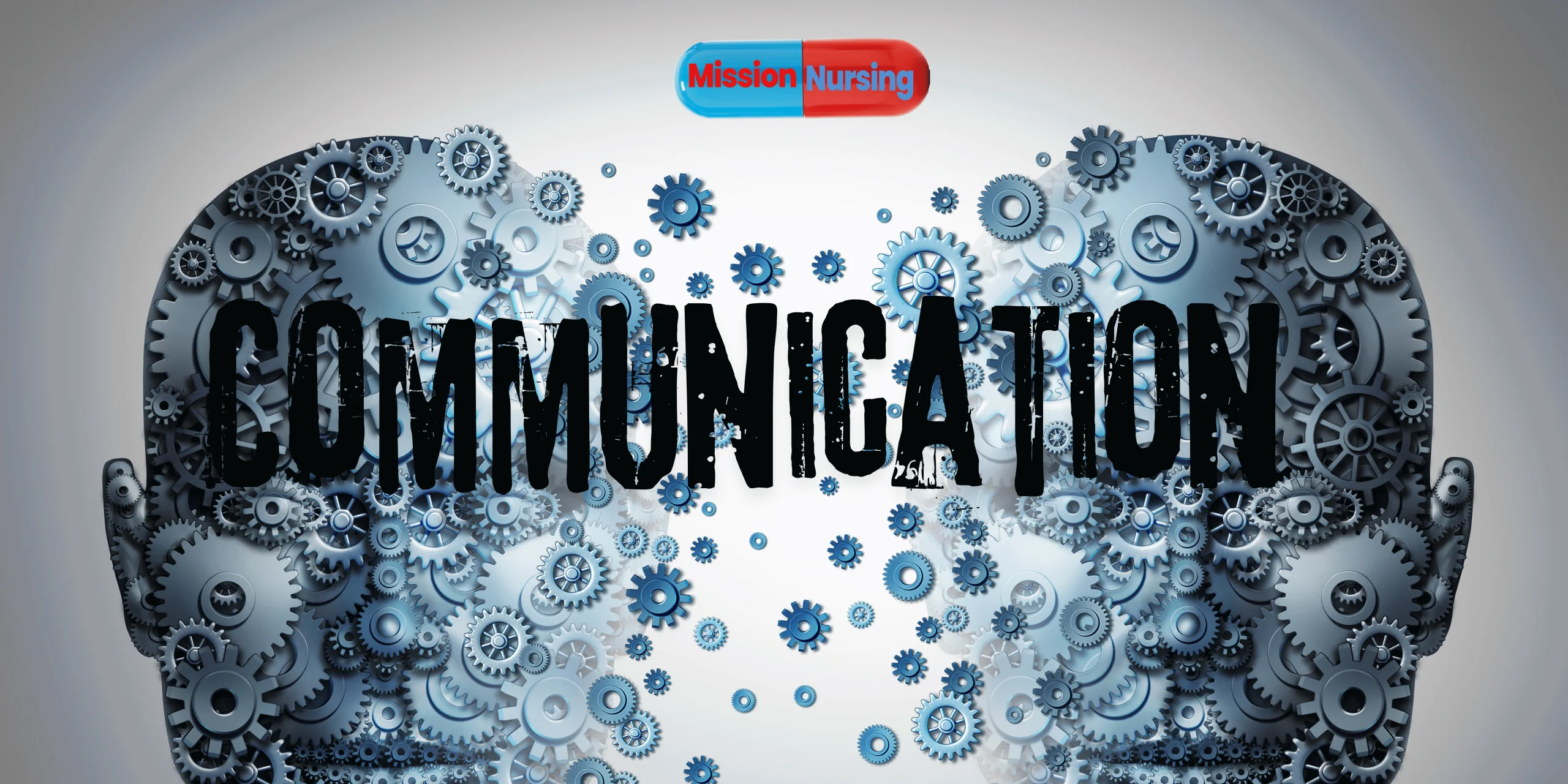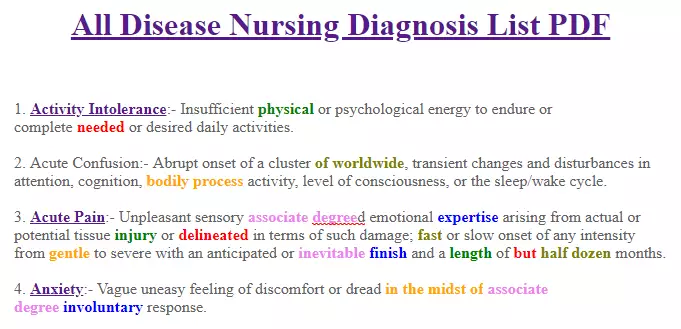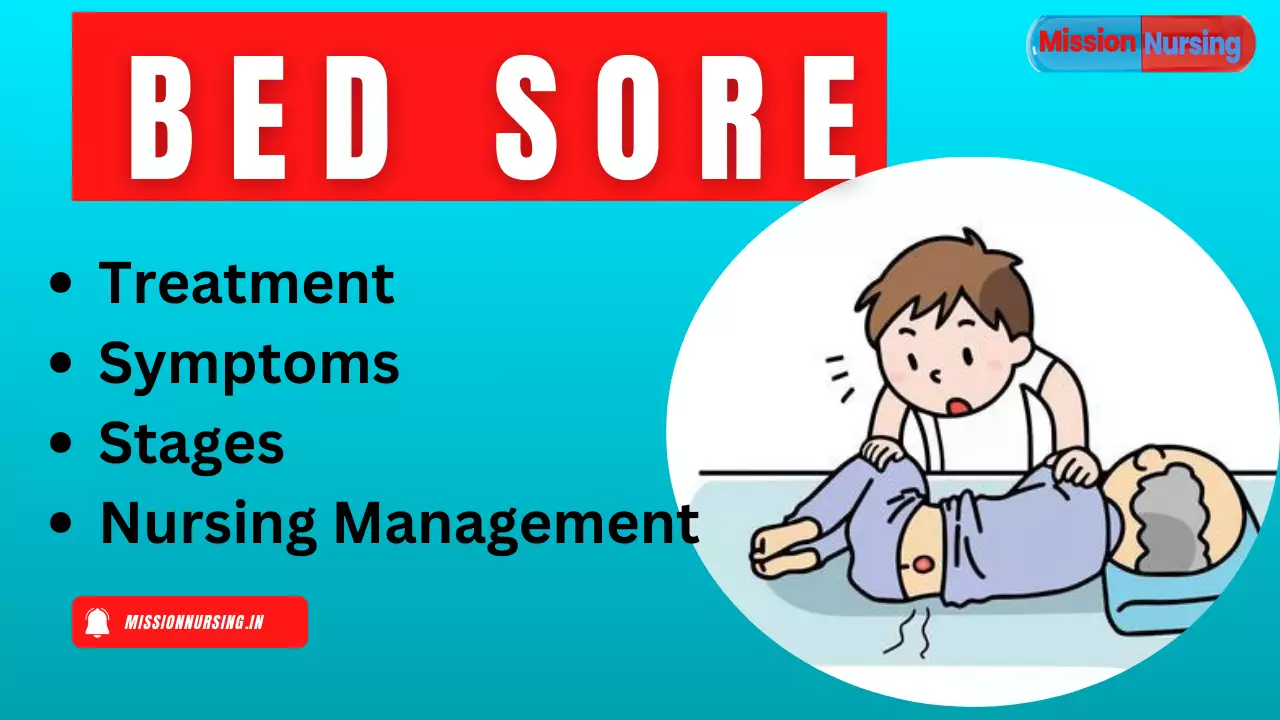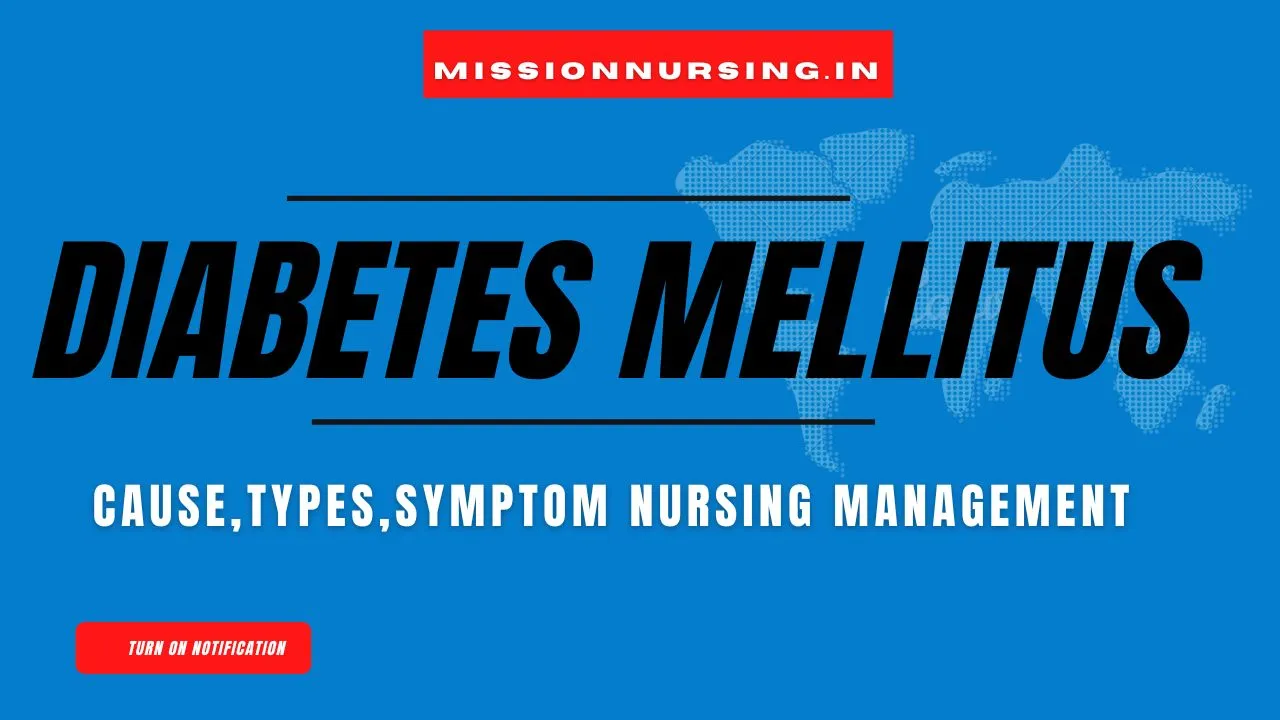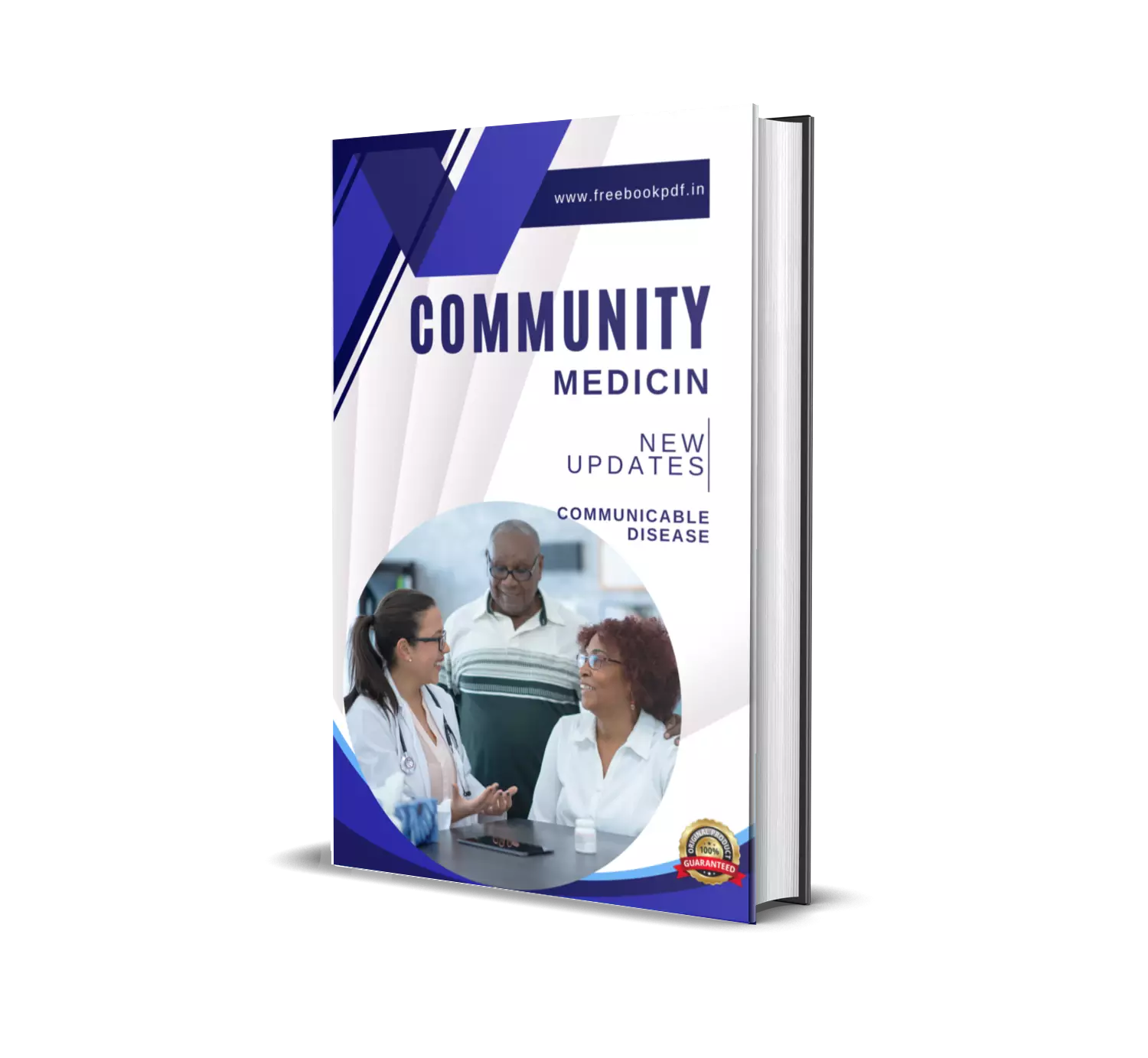What is Communication
- Communication is derived from the Latin word “Communicare” or “communico” both.
- Communication is a simple form that transfers ideas, thoughts, and information from one person to another person.
- Communication is a process in which a message is transmitted from the sender to the receiver.
- Communication helps in the mutual interchange of ideas, information, and thoughts in an effective way.
Purpose of Communication
- Use for understanding and exchange ideas
- To improve the interpersonal relationship
- To develop the plan for their achievement
- Good communication help to modify her behaviour
- To prevent the disorders in the ward
- Help to interpret the hospital policies and client care
- Use information to learn more things
- Help to solve problem
- To reduce stress, and maintain public contact
- To exchanging regarding health
Process of Communication
- Sender in Communication
- It is also called communicator or source of communication.
- A sender is a person who send the information, idea, though to another person.
- Message
- Message is a relevant, interesting, useful and profitable piece that is include the information, feelings, ideas, etc.
- Message passed from one person to another person.
- Channel
- The channel is a medium that is help in the transporting ideas, information, feeling, etc from one person to another.
- Receiver
- The receiver has a person who receives the message sent by the sender.
- The receiver is a listener.
- Feedback
- In feedback process, a return message response give to sender by receiver.
Encoding- Encoding means creation of message by a sender.
Decoding- Decoding means interpreting the meaning of the message by receiver.
Types of Communication
Types of communication based on the communication channel
- Verbal Communication
- Non-Verbal Communication
Communication based on the style and purpose
- Formal Communication
- Informal Communication
-
Verbal Communication
- Verbal communication is referring to transmitted a message by verbally.
- Verbal communication uses the sounds and words to express yourself.
- A message is transmitted by the spoken and written words.
- Oral Communication
- Message and information are transmitted from one person to another by spoken words.
- Oral communication influence by speed, volume, pitch, and clarity of speaking.
- Oral communication include face to face communication and distance communication.
- Distance oral communication done by – Telephone, TV, Radio, Video, Audio, etc.
- Advantage
- Time saving
- Easy to convey
- Immediate feedback receive
- Effective for illiterate persons
- Less expensive
- Useful in difficult in situations
- Complete understandable
- More reliable
- Disadvantages
- Speaking problems
- Language problems
- Chance of misunderstanding
- Problem for distance people
- Not helpful to remember
- Distortion of meaning
- Written Communication
- In written communication, written sign and symbol use for communication.
- Written communication transmitted by mail, text, message, letter, report, etc.
- The doctor gives a written prescription to the nurse to do any kind of work in the hospital.
- Advantage
- Provide legal document and record.
- Provide permanent record.
- Building the image and good will.
- Provide evidence.
- Is a capable of relaying complex ideas.
- Disadvantage
- Expensive
- Lack of flexibility
- Delayed correction
- Wastage of time
- Lack of the direct relation
- Not useful for illiterate persons
-
Non-verbal Communication
- Non-verbal communication is the process in which sending or receiving a message without using words, either spoken and written.
- Non-verbal communication is a technique in which transmission of message or feelings via eye contact, fatal expression, posture, gesture, etc.
- Advantage
- Help to handicapped peoples
- Attractive presentation
- Easy to understand every person
- Clear explanation
- Use to exchange of feelings
- Time saving
- Disadvantage
- Lack of flexibility in message
- Encoding and decoding problem
- Show incomplete communication
- Lack of evidence message
- Formal Communication
- Formal communication generally done in the professional setting
- Formal communication include the exchanging of information by following the prescribed or official rules
- Flow of communication along the line of management or authority
Types
- Downward Communication transfer from higher group to lower group peoples.
- Upward Communication-Where information are transfer from lower group to higher group of peoples.
- Horizontal Communication-Where information are transfer between same group of peoples.
- Informal Communication
- Informal communication occurs when peoples are meet and discuss about their problems, working, family, etc.
- E.g- Rumours, gossip, etc.
- Informal communication usually done in the friends and family members.
- Graperies communication is a informal communication
Essential of good Communication
- Sender and receiver will always use the same language
- Always use the only understandable words and proper explained words
- Maintain the clarity in the expression of ideas
- Pay attention to the common verbal message
- Maintain eye to eye contact during communication
- Receiver should always listen carefully to the words of sender
- Participate in the discussion
- Maintain proper body language during discussion
- Maintain proper body language during discussion
- Accumulate proper knowledge about communication
- Give feedback, feedback is essential for the effective communication
Barrier of Communication
- Physical Barrier-are the noise, lack of privacy, information overload, speech defects, fatigue, illness, pain, nature of environment, deafness, uncomfortable accommodations, etc.
- Psychological Barrier-Economic background, social background, self-image, group identification, filtering, poor communication skill, etc.
- Language Barrier-
-
-
- Different pattern of language
- Speaking tone
- Unclear voice pattern
- Unclassified assumptions
- Pause in speaking
-
- Gender Barrier- Some time men and women’s are uncomfortable to communicate with each other.
- Emotional Barrier- are fear, anger, lack of interest, suspicion, jealousy, anxiety, prejudice, lack of listening, antagonism, etc.
- Cultural Barrier- Different cultures are interfere in the communication.
- Interpersonal Barrier-
-
- Lack of motivation
- Lack of confidence
- Lack of interest and trust
- Lack of knowledge about discussion
- Lack of co-operation
-
-
Level of Communication
1. Intrapersonal Communication
- The communication occurs within yourself.
- Self-concept and self-awareness are formed at this level.
2. Interpersonal Communication
- It is a direct verbal or non-verbal communication between two or more active participants.
- Getting to know someone personally.
3. Small group communication
- Interaction between the small group of peoples are meet together.
- To communicate information that is of common interest.
4. Public Communication
- Communication between on audience
- In public communication, require a special attention in a eye contact, voice inflection, gesture and use of precaution material.
5. Mass Communication
- Mass communication is exchange or share of information on a large scale to a wide range of people.
KEY POINTS of Communication
1. In communication, source of communication is a – Sender
2. Medium is helpful to transporting the ideas from one person to another person – Channel
3. Who is the person, receive the message – Receiver
4. Message delivered to sender by receiver – Feedback
5. Creation of message by a sender – Encoding
6. Formal communication, information transfer from high to low level – Downward Communication
7. In Horizontal Communication, Communication between – Same group of peoples
8. Communication Occur within yourself – Intrapersonal Communication
Therapeutic Nurse-Patient Relationship
- Therapeutic nurse patient relationship is a relationship between a healthcare professional and client.
- Therapeutic relationship is an interpersonal between nurse and patient during which the nurse focuses on the patient’s specific care and needs to promote an effective exchange of information.
- Therapeutic relationship is a state of being related or state of affinity between two individuals.
Characteristics of Therapeutic relationship
- The patient should be the primary focus of interaction.
- Therapeutic relationship focused on goals.
- Therapeutic relationship is a planning to help the patient.
- It is a limited duration relationship.
- Therapeutic relationship is a non-judgmental process.
- The relationship promotes the comfort and wellbeing of the client.
- It is a mutual learning experience and a corrective emotional experience for the patient.
- Relationships maintain confidentiality.
Goal of therapeutic relationship
- Relationships help to understand his or her problems.
- Help to identify the emerging problems.
- Also help in cope with present problems.
- Modified the new pattern of behaviours.
- Find out the new alternative to problems.
Types of relationship
- Social relationship
- Intimate relationship
- Therapeutic relationship.
-
Social relationship
- The primary purpose of social relationships is friendship, socialization and companionship.
- Social relationships are sharing ideas, feelings and experience and meeting the basic needs of people.
- Social relationships must be limited in therapeutic nurse patient relationships.
-
Intimate relationship
- Intimate relationships involve the 2 people who are emotionally related to each other and both are concerned about having their needs met and helping each other.
- Relationships may include sexual or emotional intimacy as well as sharing mutual goals.
-
Therapeutic relationship
- Therapeutic relationship focuses on the needs, ideas, feelings and experience.
- In these relationships, nurses use communication skills, personal strengths and understanding of human behaviour to interact with the client.
Phases of therapeutic nurse-patient relationship
4 phases –
- Pre interaction phase
- Orientation phase
- Working phase
- Termination phase.
- Pre interaction phase
- Pre interaction phase begins before the nurse’s actual contact with the patient.
- These phases include self-exploration – The nurse explores herself regarding.
- Self-misconception.
- Self-feeling, fear and anxiety.
- Personal value, attitude.
- Planning of objectives of interaction phase.
- Collection of data’s regarding patients.
- Improve communication and promotion solving skills.
- Prepare himself to face aggressive patients.
- Orientation / introduction phase
- Orientation is also known as the introduction phase, because these phases start with introduction.
- In these phases nurses show respect and caring attitude for the patient.
- Orientation phase establishes the balance between verbal and nonverbal communication.
- Nurses determine the level of motivation of patients.
- Maths paper during face is trusting acceptance and open communication environment.
- Nurses introduce themselves to the patient and classification of role and purpose of meeting.
- Nurses find out the problems of patients and determine the objectives.
- Working phases
- Working phase starts when the nurse and patient overcome the barriers of orientation phase.
- Working phase work on predetermined goals.
- Patients also help to plan, implement and evaluate actions.
- In these phases, therapeutic blocks are identified and problems should be discussed and resolved.
- Termination phase
- Termination phase includes the end of therapeutic relationships between the nurse and patients.
- Termination phase is a gradual process in which goals and objectives achieved should be summarised.
- Adaptive behaviour should be reinforced.
- Nurses and patients share the feeling and experience for both.
- Plan for help in the future.
Techniques of therapeutic communication
- Listening
- Broad opening
- Restating
- Reflecting
- Using silence
- Clarification
- Linking
- Focusing
- Information
- Theme identification
- Sharing perception
- Accepting
- Encouraging comparison
- Suggestions
- Rejecting
- Asking elevated questions
- Exploring.
- Listening
- Listening is an active process of receiving information.
- Listening creates complete attention towards the patient and shows respect.
- Broad opening
- Broad opening encourages the client to define the problems.
- Restating – Repeating the main thoughts expressed by the patients.
- Using silence
- Silence utilizes verbal communication.
- Silence prevents the barrier of communication.
- During receiving information silence is most important.
- Clarification
- Sometimes the verbalization of the client may not be clear.
- She is confused about the illness and problems show the nurse needs to clarify the feelings and ideas.
- Reflecting – Directly back to the patient questions, feelings and ideas.
- Linking – Nurse tries to link the client’s feelings with the activity.
- Focusing – Concentrating on a particular point and trying to focus on reality.
- Informing – The skill of information giving.
Eg. – I think you need to know more about your medication.
- Theme identification – These involved the identification of underlying issues or problems experienced by the client.
- Sharing perception – Nurse and patient share thoughts, ideas and clarify doubts.
- Accepting – Giving indication of reception.
- Encouraging comparison – Asking about similarity and difference.
- Suggestions – Presentation of alternative ideas for the patient’s consideration relative to problem solving.
- Rejecting – Refusing to consider patient ideas or behaviour.
- Exploring – Going deep into an idea or subjects.
Barriers of therapeutic communication
- Use medical terminology without explaining the details to the patients and family members.
- Improper use of communication techniques.
- Rejecting the person not the behaviour.
- Anxiety also creates a barrier in communication.
- Pressuring the client and family members for an explanation.
- Offering unrealistic hope for the future.
- Gift giving also barriers in therapeutic communication.
- Avoidance of being discharged.
- Difficulty in data collections.
- Countertransference.
- Social class of patient and status of patient.
Dynamics of therapeutic nurse patient relationship
- Therapeutic use of self.
- Gaining self-awareness.
- The Johari window.
- Therapeutic use of self
- It is defined as the ability to use one personality consciously and in full awareness in an attempt to establish relatedness and to structure nursing interventions.
- Nurses must clearly understand themselves to promote patients growth, change and heal.
- Self-awareness – It is a process of understanding one’s beliefs, thoughts, motivations, biases and limitations and recognising how they affect others.
- Without self-awareness, nurses will find it impossible to establish and maintain therapeutic relationships with patients.
- The Johari window – The Johari window is a representation of self-awareness.
- Johari window into four quadrants.
- The goal of increasing self-awareness by using the Johari window.
- Johari window is to increase the size of the quadrant that represents the open or public self.

